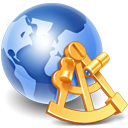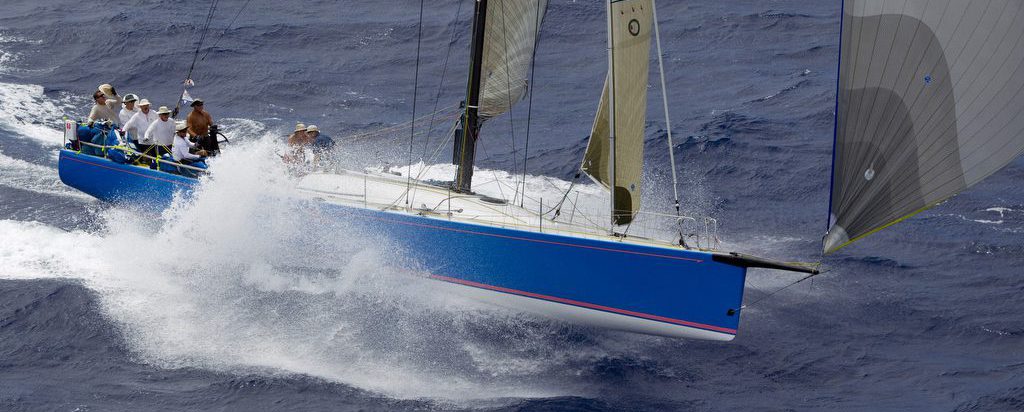Normally, if you attempt to optimize a route between two points on water (whether ocean, lake, or pond), Bluewater Racing will limit the route to that body of water. It will not route your vessel across land. Sometimes, however, the program does generate routes that cross land. This can happen for several reasons:
- Your route starts on land. In this case, the optimizer assumes you know what you are doing and disables shoreline checking. It will choose the fastest route ignoring land and water boundaries.
- If you are optimizing over a large region, the program may route across relatively small islands. The size of the optimization region is determined by the largest (in terms of area) wind Grib you have loaded and declared usable for routing. To detect crossings between water and land, the program uses the GSHHG shoreline chart. There are 5 levels of GSHHG accuracy: crude, low, intermediate, high, and full. (The program tells you which one it’s displaying on the right of the bottom bar.) For optimization, the program selects the most accurate GSHHG chart it can without driving up the optimization time too much. The time is in part a function of how many shoreline edges need to be checked against possible route segments. If your Grib covers a large part of the Earth, the program may select a low accuracy chart in order to limit the total number of shoreline edges. On low accuracy charts, however, small islands may not exist, so the program will route across them. The solution is to use Gribs that cover close to the area over which you wish to travel, and if you are traveling over large distances, to manually tweak the route to dodge islands that you may be routed across.
It looks like the optimizer has created routes over land.

